Filter News
Area of Research
News Type
News Topics
Media Contacts
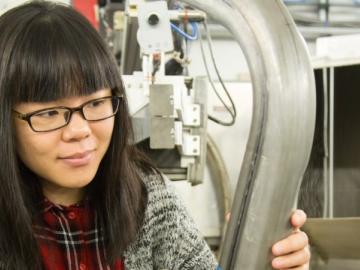
The demand for lighter, stronger, and more durable materials for use in vehicles has never been higher. Companies are looking at new and advanced materials such as lightweight advanced high-strength steels (AHSS) to develop automotive components that help increase gas efficiency, red...

The Precision Reactor Oscillation and Spectrum Experiment (PROSPECT) has completed the installation of a novel antineutrino detector that will probe the possible existence of a new form of matter.
PROSPECT, located at the High Flux Isotope Reactor (HFIR) at the Department of Energy...
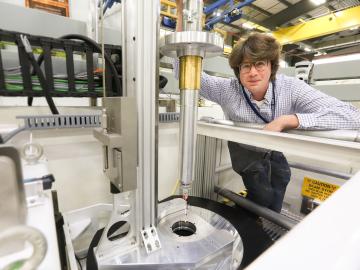
Plants, algae, and other organisms produce the RuBisCO enzyme to convert carbon dioxide from the atmosphere into energy-rich molecules, like glucose, that form carbohydrates and other organic carbon compounds essential to life on earth.
This catalytic process is called “carbon f...
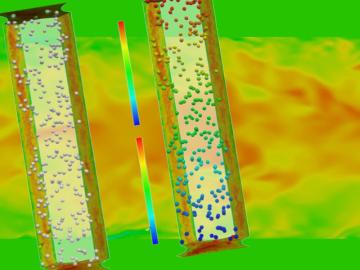
The intrinsic beauty of bubbles—those thin watery spheres filled with air or other gases—has long captured the imagination of children and adults alike. But bubbles are also a linchpin of nuclear engineering, helping to explain the natural world, predict safety issues and improve the...
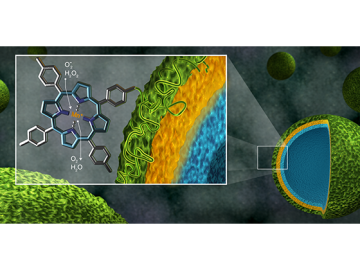
Many natural and synthetic antioxidants help defend the body against oxidative stress—a biochemical imbalance that can damage cells and lead to illnesses such as diabetes, Alzheimer’s and cancer. However, these materials can become unstable and less effective over time.
A new ...
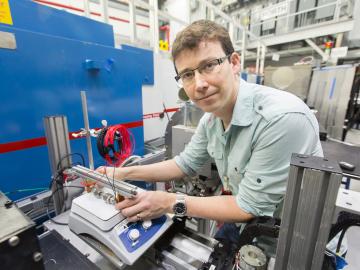
Researchers are using neutrons to study a battery material that could offer a safer alternative to the flammable liquid component found in most types of lithium-ion batteries.
Rob Schmidt, a postdoctoral researcher at the Department of Energy’s Oak Ridge National Laboratory, a...
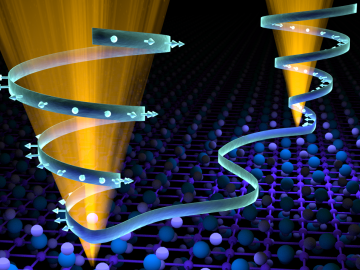
The observation of an abnormal state of matter in a two-dimensional magnetic material is the latest development in the race to harness novel electronic properties for more robust and efficient next-generation devices.
Neutron scattering at the Department of Energy’s Oak Ridge ...

Researchers are looking to neutrons for new ways to save fuel during the operation of filters that clean the soot, or carbon and ash-based particulate matter, emitted by vehicles. A team of researchers from the Energy and Transportation Science Division at the Department of En...




